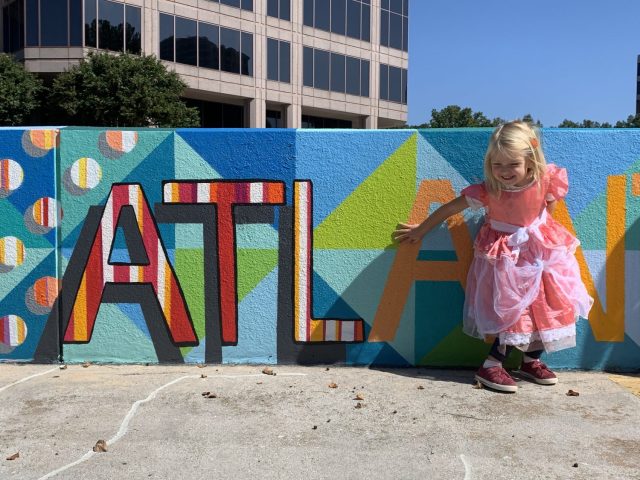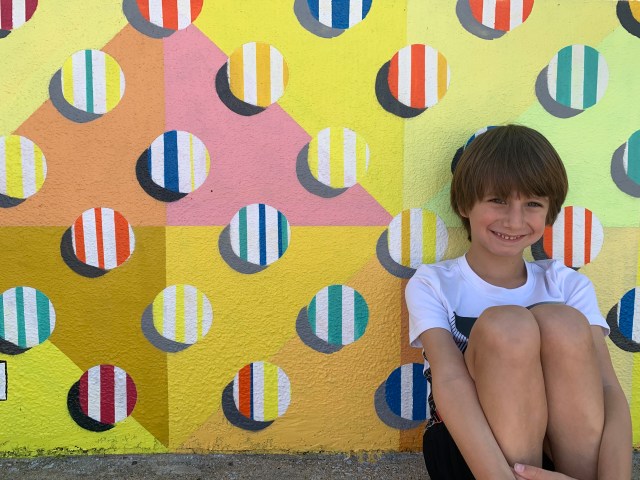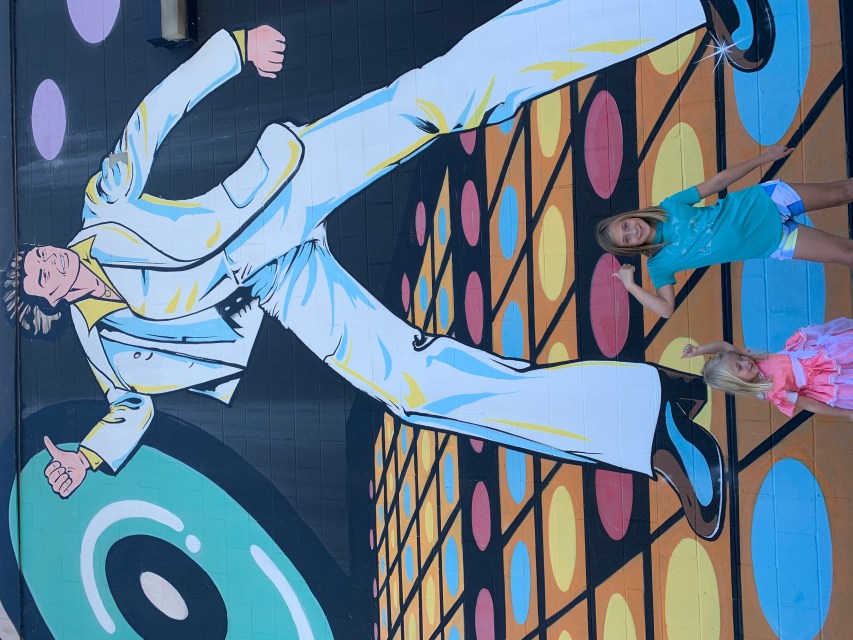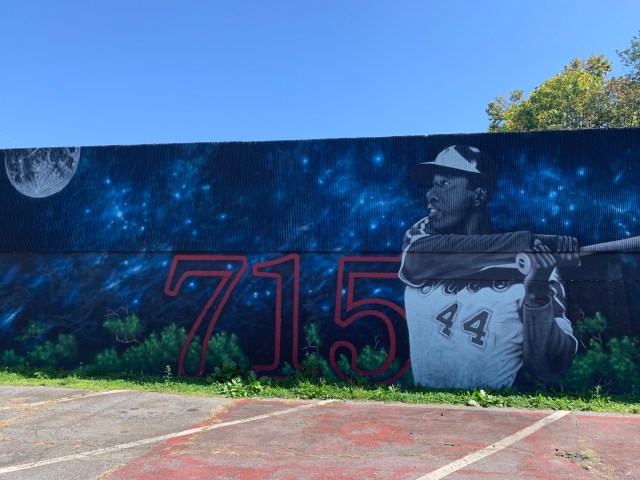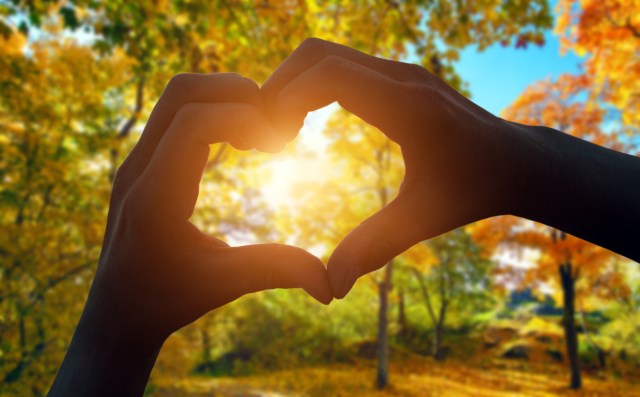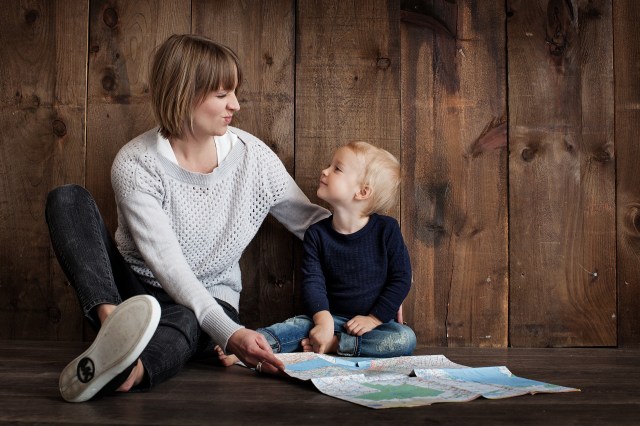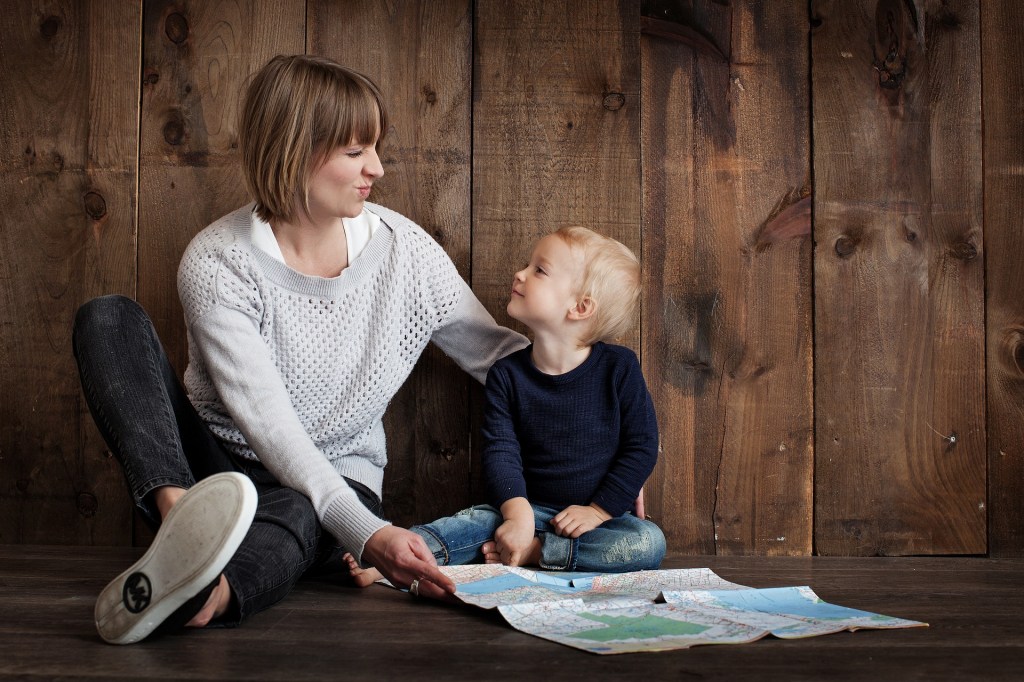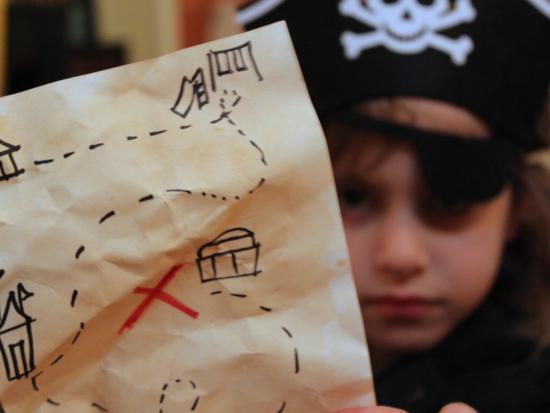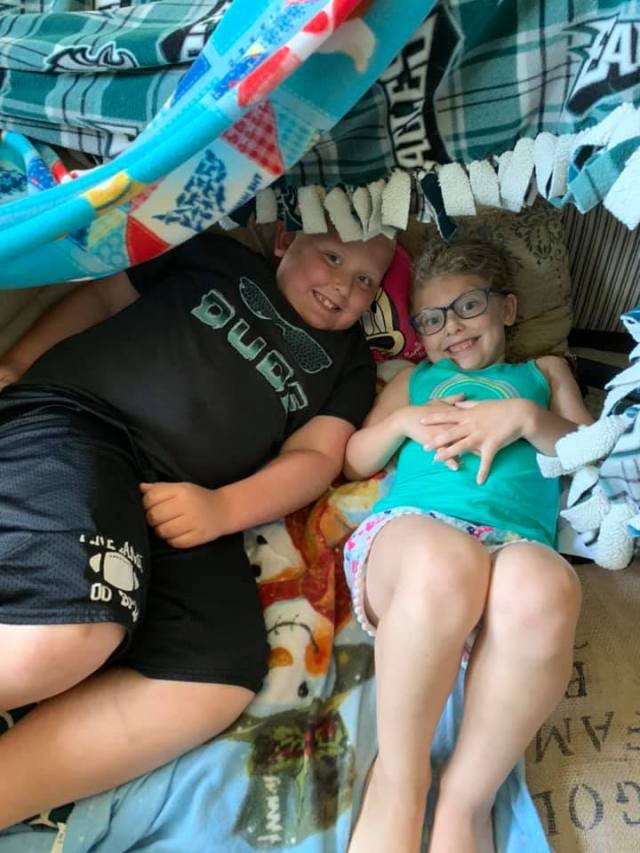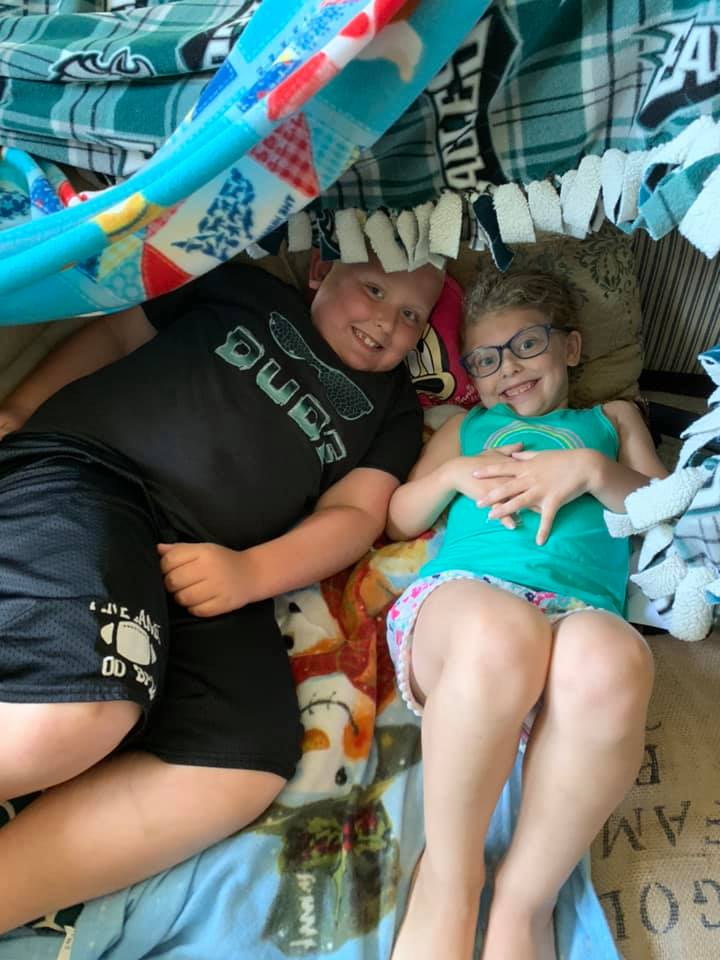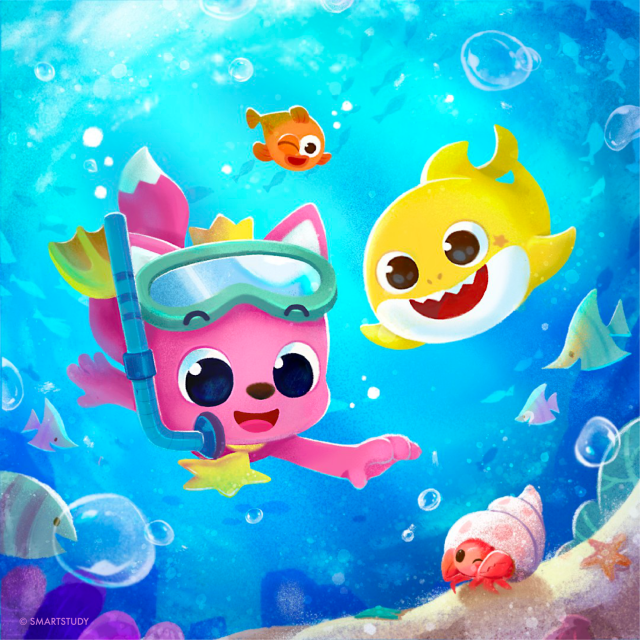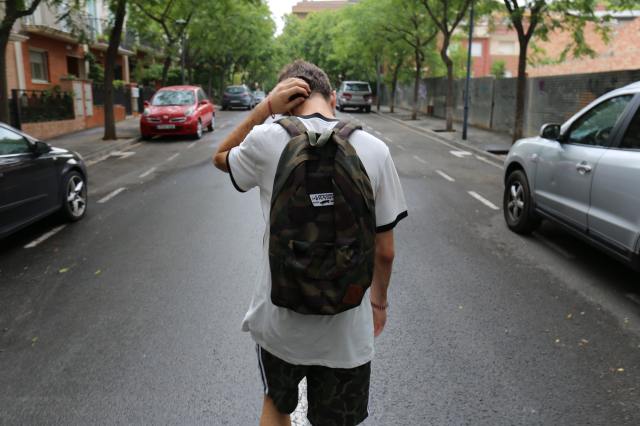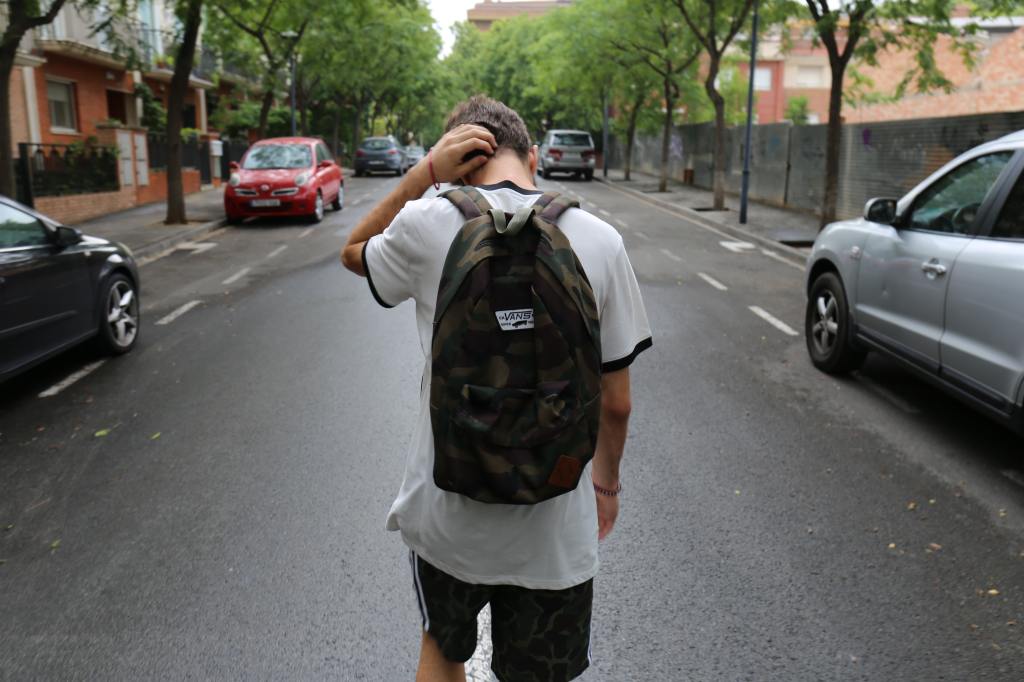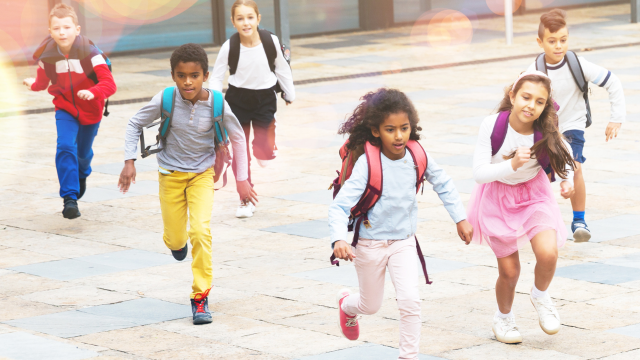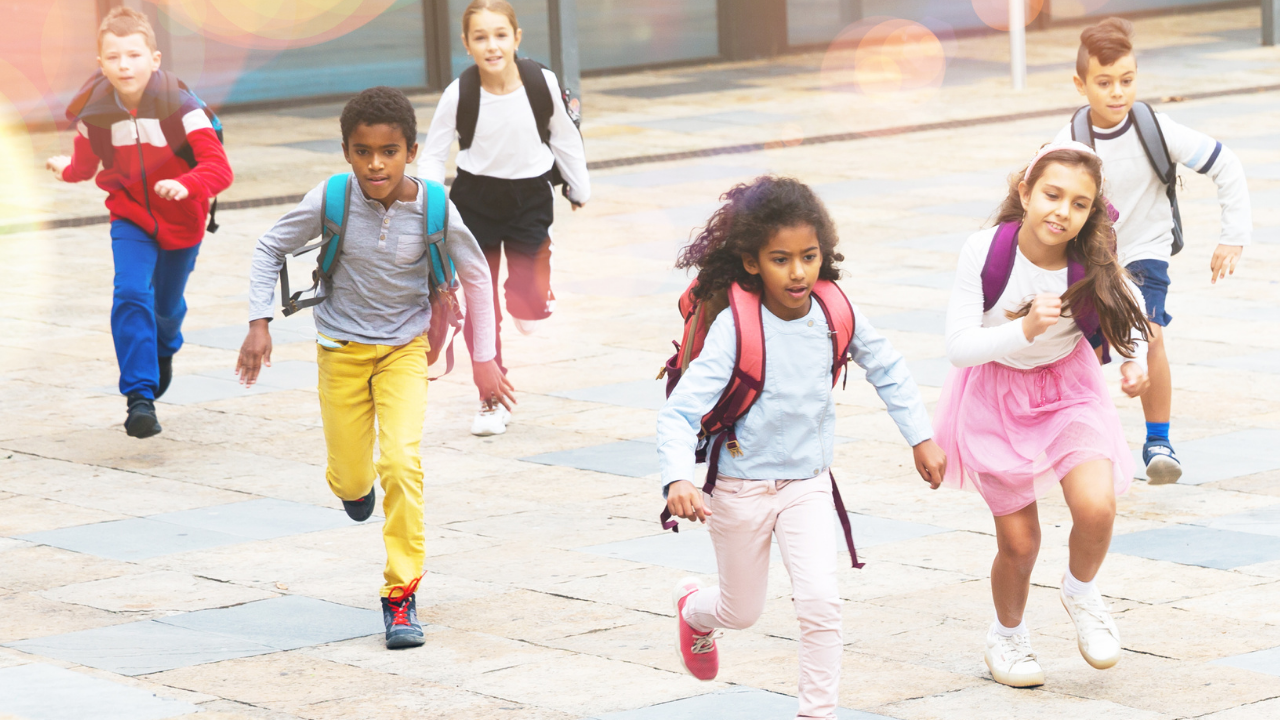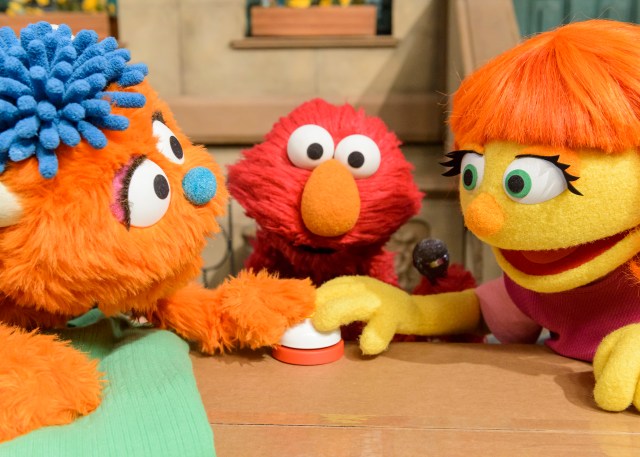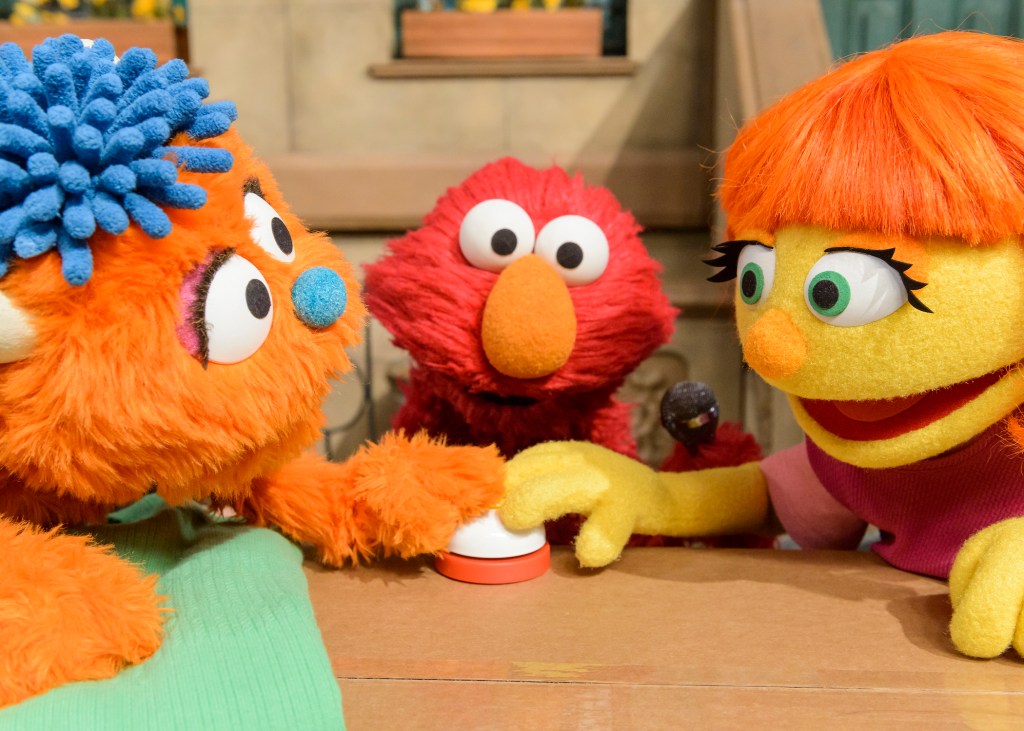Do your kids know about these indigenous people who have changed history?
Even with holidays such as Indigenous People’s Day and Native American Heritage Month, popular culture and our history books may remind you of only a few indigenous people. We have many heroes, historic and modern, who are working toward goals that help elevate Native American and First Nations people along with protecting things vital to all of humankind, like water and food. Take some time to acknowledge their achievements and maybe even pick up a kids’ book that celebrates Native American culture and authors while you’re at it!
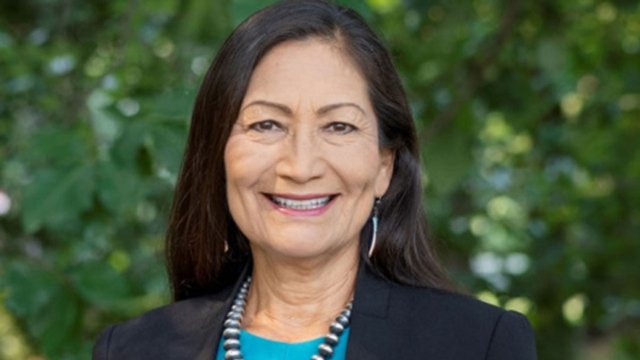
Deb Haaland
U.S. Secretary of the Interior Deb Haaland is the first Native American to serve as a cabinet secretary. She is a member of the Pueblo of Laguna tribe. She works towards environmental justice, mitigating climate change, finding missing and murdered indigenous women, and putting forth family-focused policies. She is one of the first Native American women to serve in Congress.
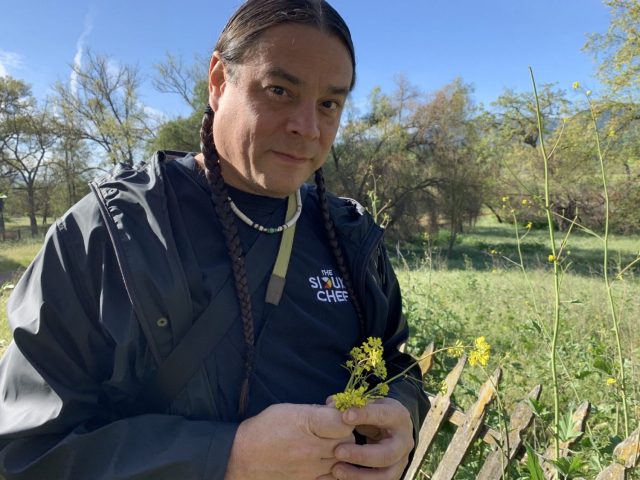
Sean Sherman
Founder and CEO of The Sioux Chef, Sean marries his passion for cooking with his rich heritage by raising awareness of indigenous food systems. As the winner of the 2018 James Beard Award for Best American Cookbook, Sean uses his platform as a way to create opportunities for education around Native foods and culinary techniques. As a member of the Oglala Lakota tribe, the work Sean does is deep-rooted in a sense of pride and connection to his people.
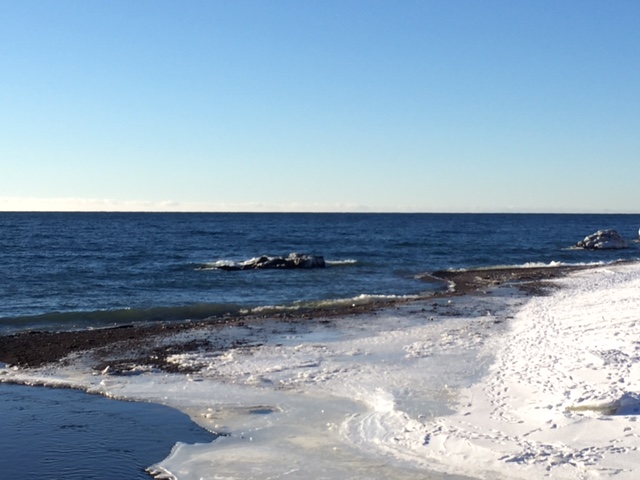
Josephine Mandamin
Born in 1942 in the Wiikwemkoong Unceded Territory (Ontario, Canada), Josephine was the founder of the Mother Earth Water Walkers and fierce leader of the water protection movement who strived to bring awareness to water pollution. Having great influence on many people in her community, it comes as no surprise that her great-niece, next on our list, follows her path.
Autumn Peltier
Member of the Wiikwemkoong First Nation, Autumn Peltier, was only 15 when she first spoke before the UN General Assembly on the issue of water protection in 2018. Known as a “water warrior,” she follows in her great aunt Josephine Mandamin’s footsteps, advocating for the rights of Native American communities to have access to clean water.
Related: 24 Black Heroes Our Kids Should Know by Name
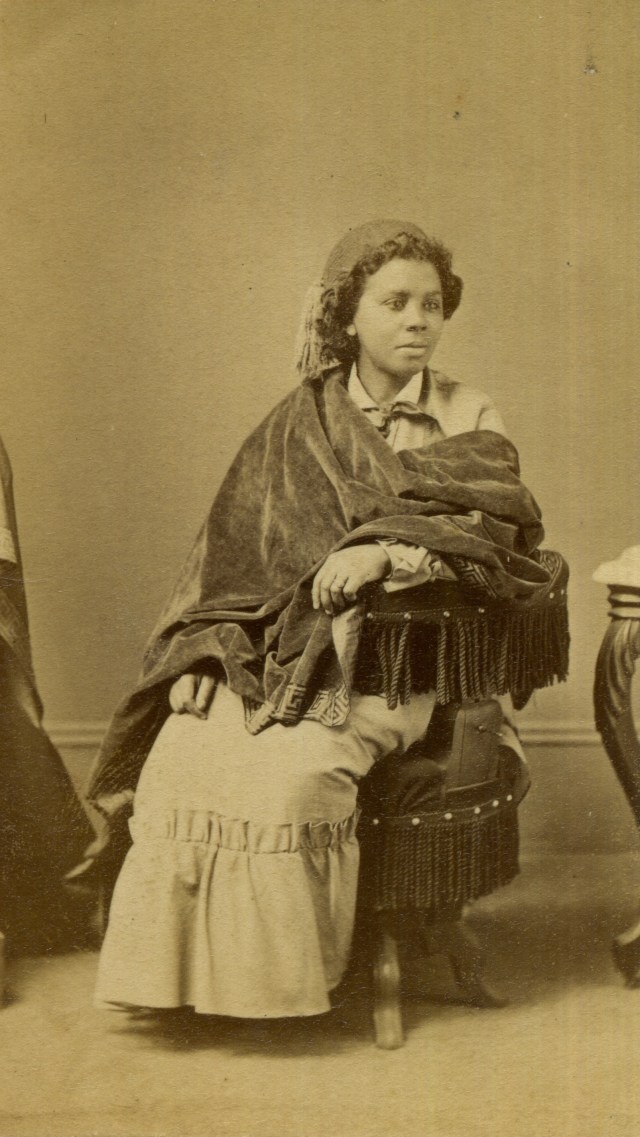
Edmonia Lewis
Born in New York around 1844 to indigenous parents—her father was African American and her mother was a Chippewa Indian—Edmonia spent a great deal of her career as a sculptor in Rome, Italy where she gained international notoriety in the world of fine arts. Although many of her sculptures depicted prominent American figures, Edmonia never forgot her heritage, paying homage to both her African American and Native American origins in sculptures such as “The Arrow Maker” (1866) and “Forever Free” (1867).
Neely Snyder
Descendant of Red Lake Nation and Mille Lacs Band of Ojibwe, Neely is passionate about creating healthier Native American communities. Applying her education and background in philanthropic leadership, Neely, as Executive Director of Dream of Wild Health, advocates for the organization’s mission to help indigenous Native American communities recover their natural ways of life, especially through indigenous food and agriculture.
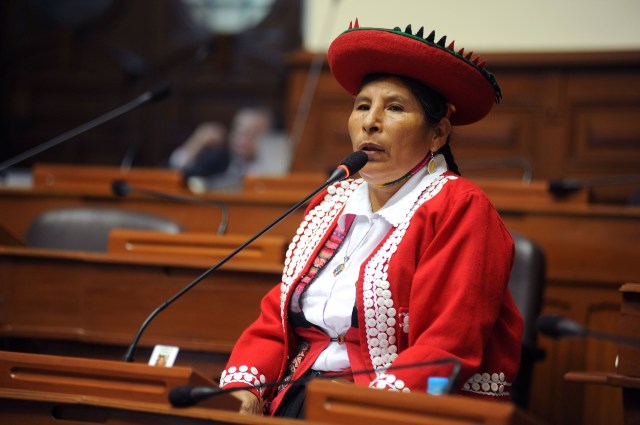
Hilaria Supa Huamán
A native of Peru and a member of the indigenous peoples of Quechua, Hilaria says her adversities are what have given her the strength to fight for many causes that affect the Quechan, as well as people all around the world. She is an activist for women’s and land rights, using her influence as a member of the Peruvian Congress to lobby for and enact laws that would benefit these causes.
Jessie "Little Doe" Baird
Jessie "Little Doe" Baird is a linguist who helped revive the Algonquian language of her ancestors that had not been spoken for more than 150 years. As a citizen of the Mashpee Tribe of the Wampanoag Nation, she started to create a dictionary in 1996 chronicling the tribe’s ancestral language as part of a research fellowship with MIT. The dictionary holds more than 11,000 words.
Related: 18 Latinx Trailblazers Your Kids Should Know
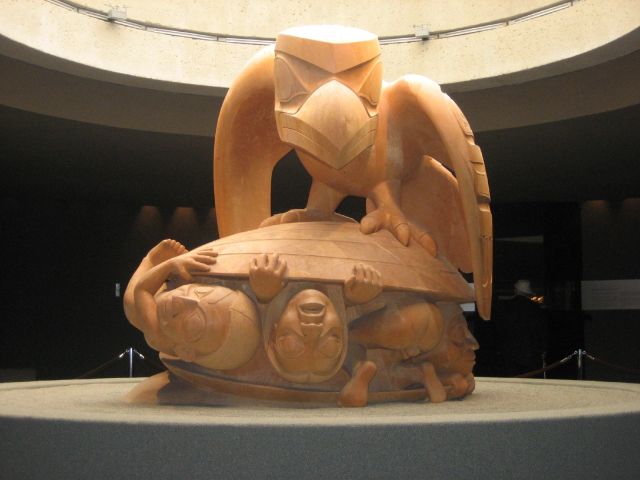
Bill Reid
Not many kid’s history books talk about the Haida peoples of the Haida Gwaii archipelago, located off the west coast of British Colombia. Their preservation of land and water are admirable environmental achievements. Having a deep respect for his mother’s heritage, Bill Reid dedicated much of his work in the arts to the Haida peoples. Bill created, alongside other native artists, a sculpture depicting the story of human creation as passed down by Haida legend, among others. His work in bringing awareness to and preserving the stories of the Haida peoples is remarkable.
Joy Harjo
A member of the Muscogee (Creek) Nation, Joy Harjo is an American poet who has served as the incumbent United States Poet Laureate since 2019. She is the first Native American to hold that honor. She has written nine books of poetry and two award-winning children's books, The Good Luck Cat and For a Girl Becoming. As the U.S. Poet Laureate, she has introduced the country to the many Native poets who live in these lands through her signature project, “Living Nations, Living Words”.

Winona LaDuke
Descended from the Ojibwe tribe in Canada through her paternal blood, Winona has spent the past three decades actively working to recover lands for tribes such as the Anishinaabe. In addition to reclaiming lands, she also works to restore and preserve natural, indigenous cultures through the cultivation of native foods and products. Winona ran for president of the United States in both 1996 and 2000 as a member of the Green Party, and although she was not elected into office, we think the work she is doing carries just as much importance.
Isidro Baldenegro López
As a leader and indigenous member of Mexico's indigenous Tarahumara people, Isidro (b. 1966) staunchly defended the old-growth forests in his territory. In 2005, he was awarded the Goldman Environmental Prize for organizing peaceful protests that led to the protection of the forests and its indigenous people.
Got a hero to suggest? Email us at gabby.cullen@tinybeans.com.





